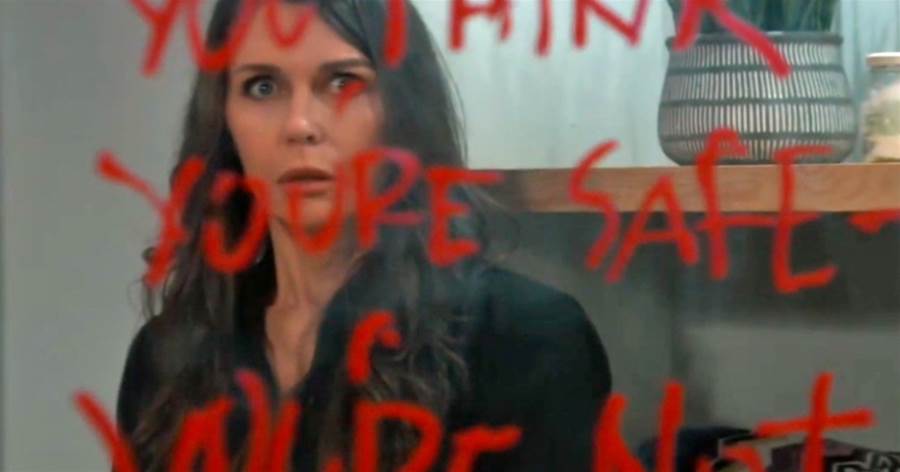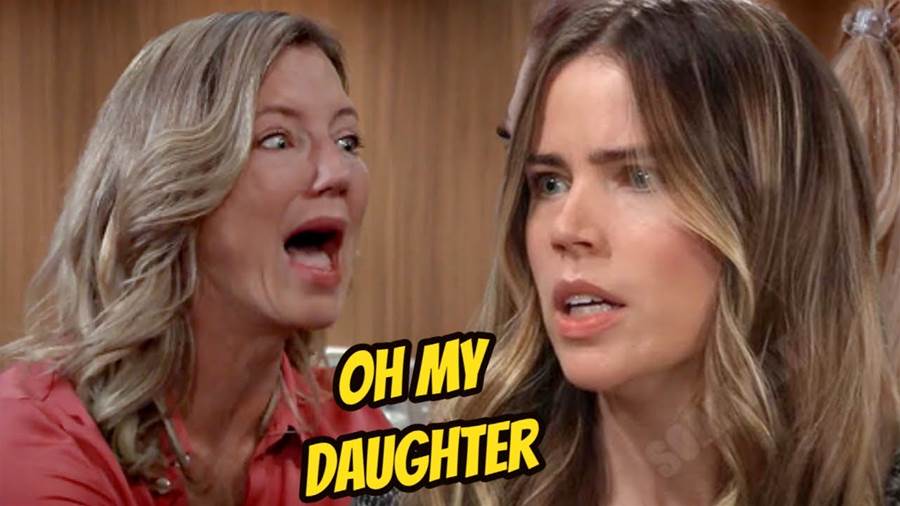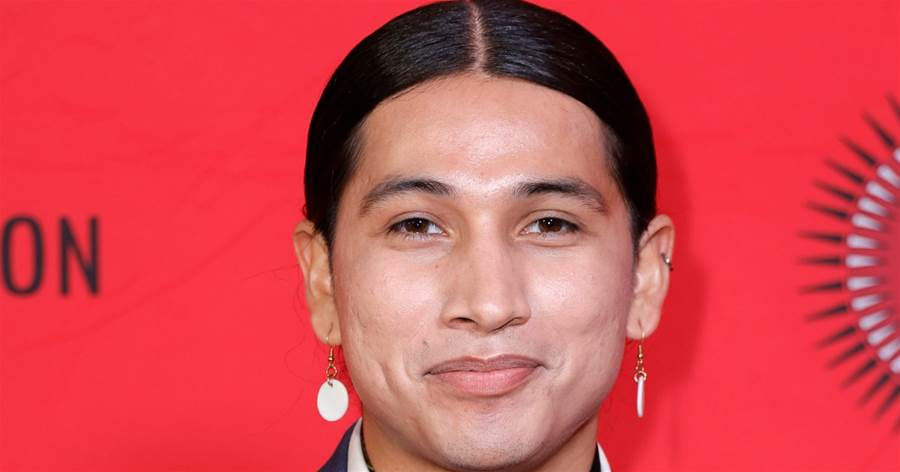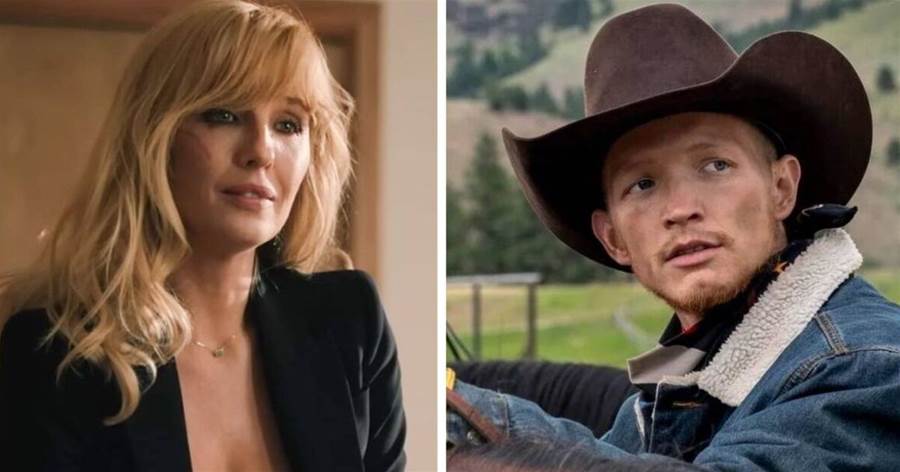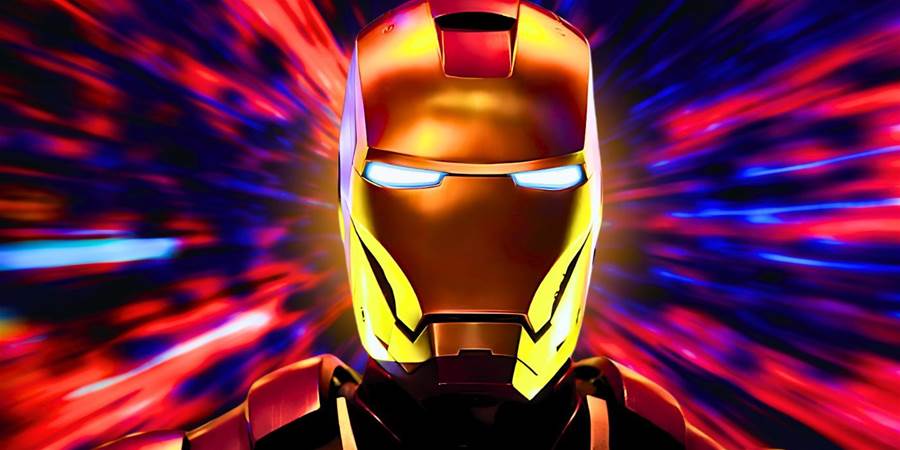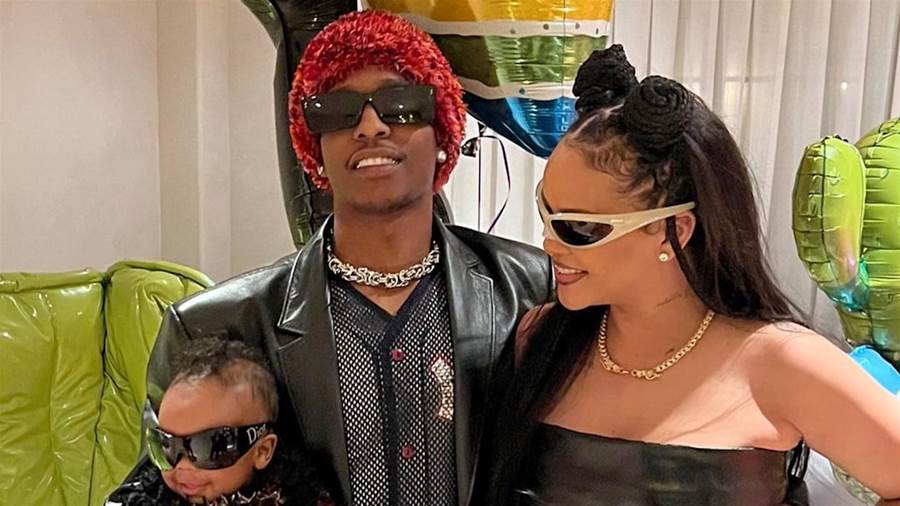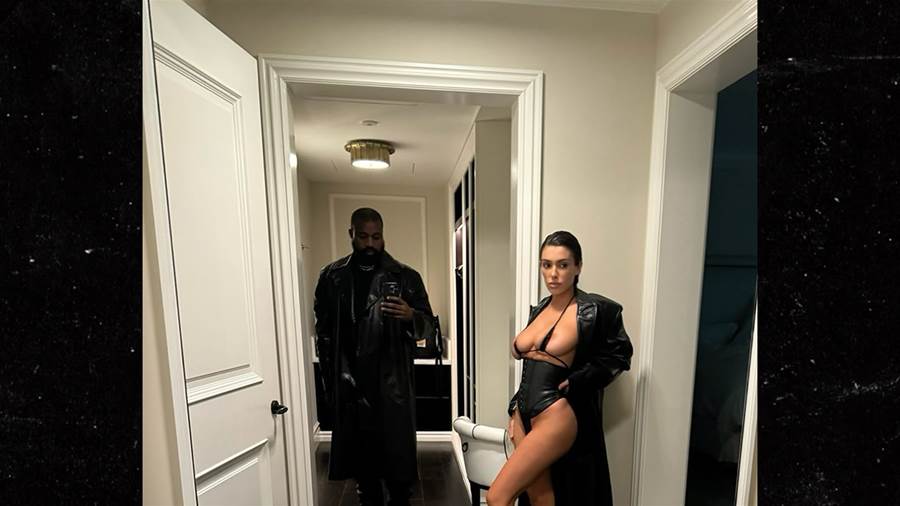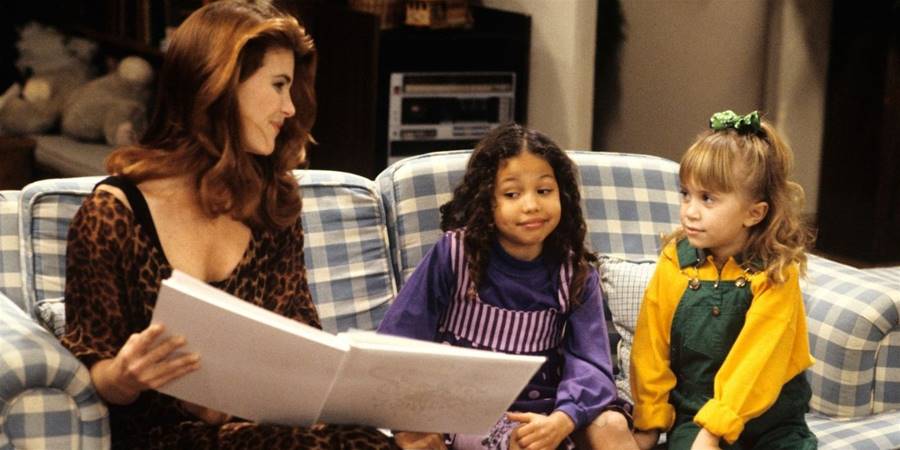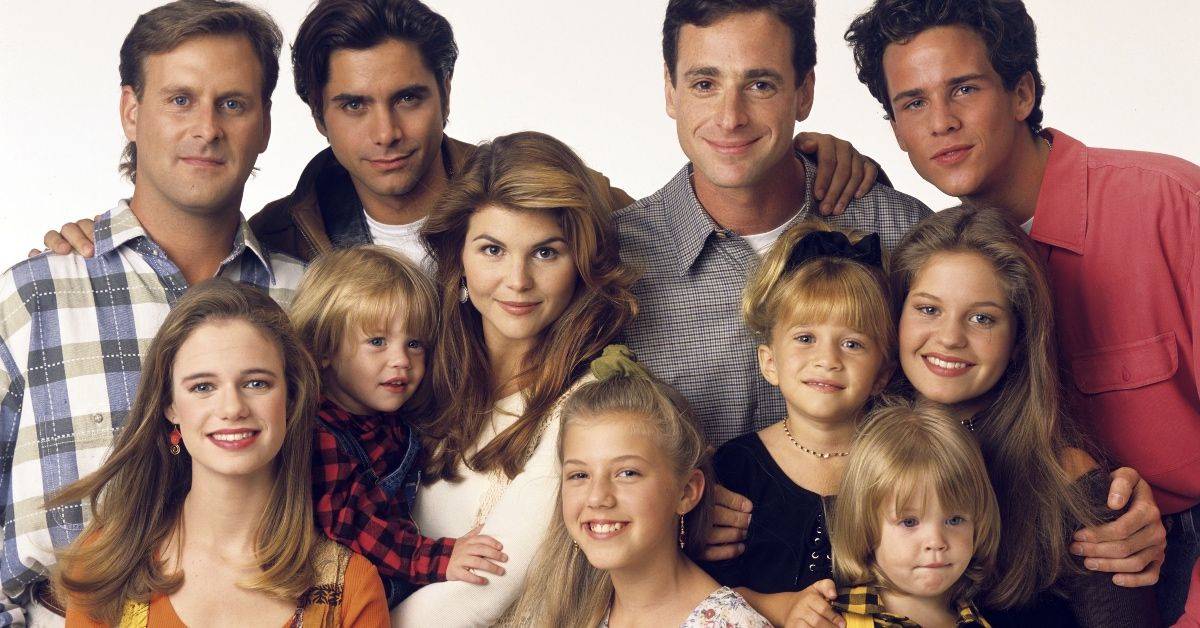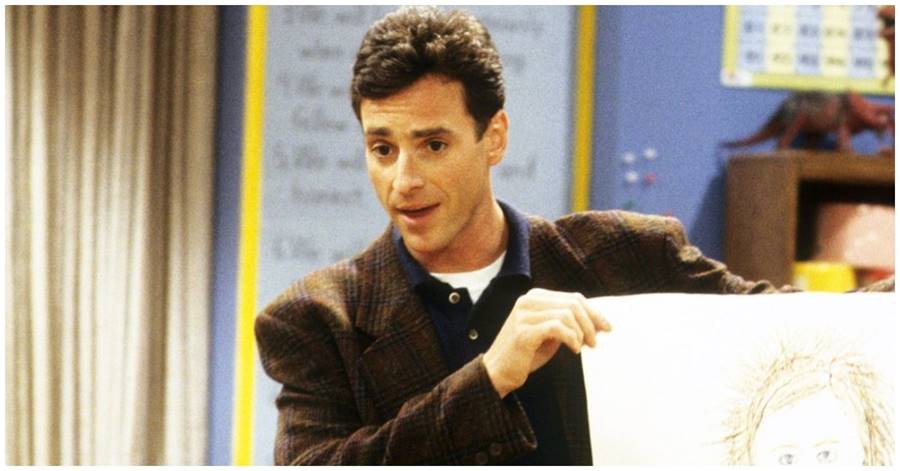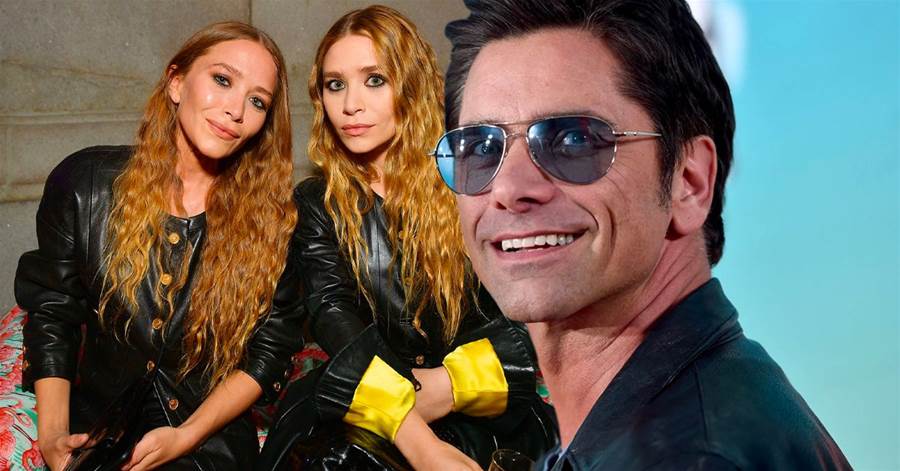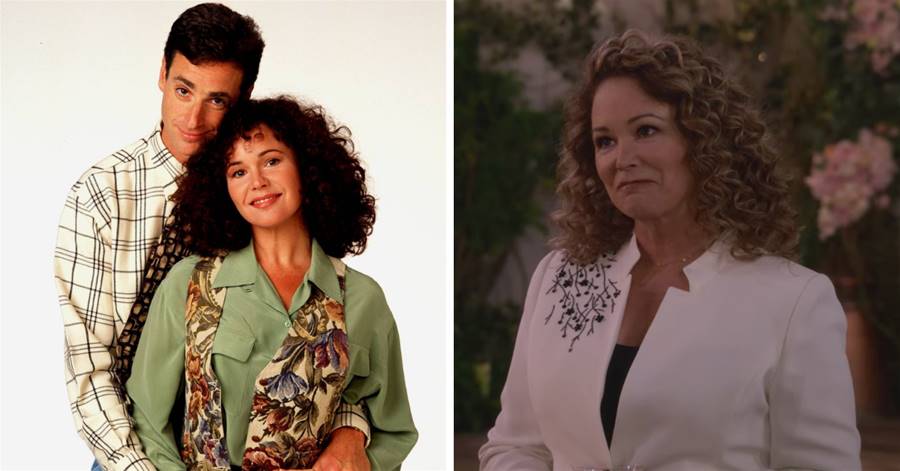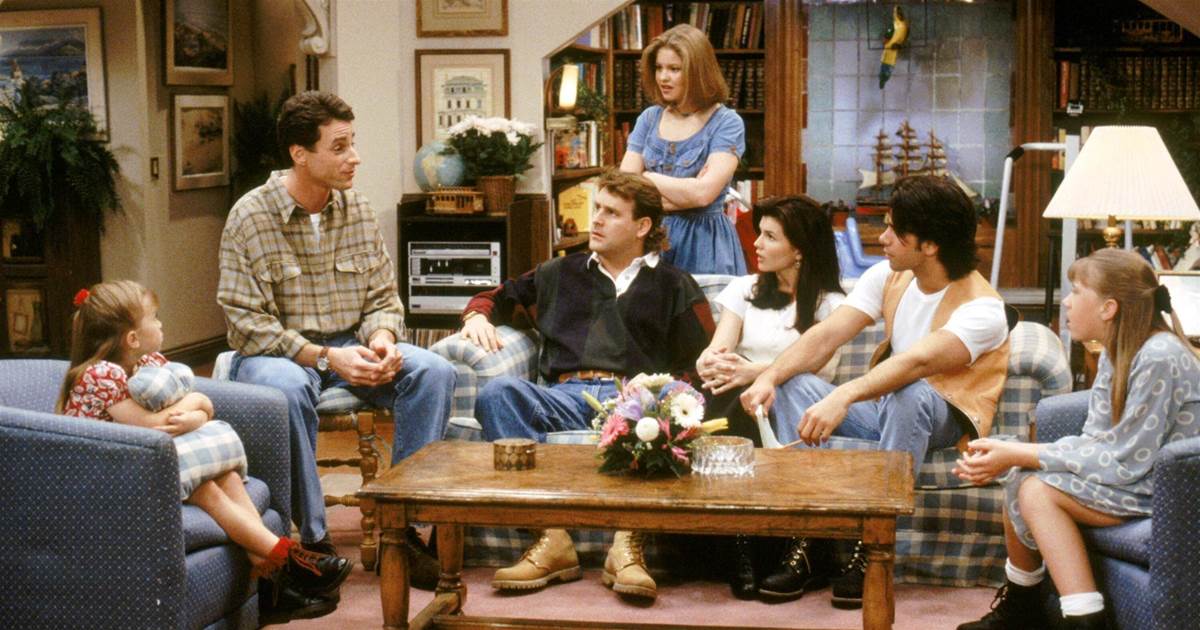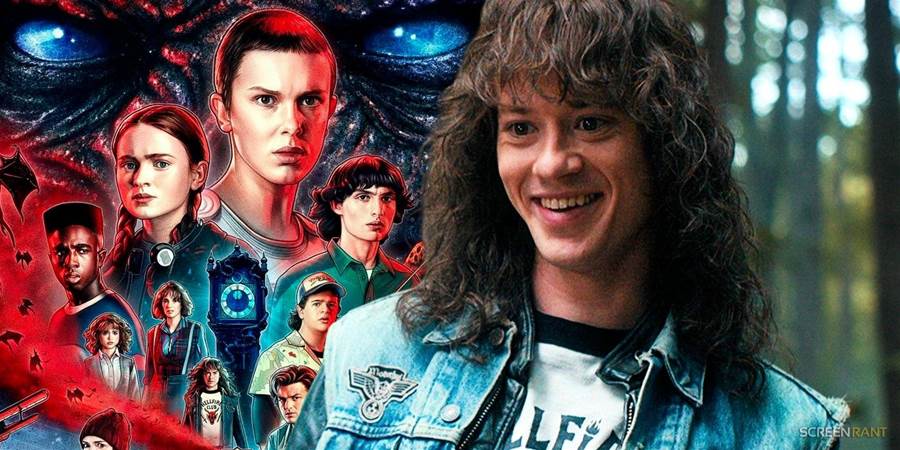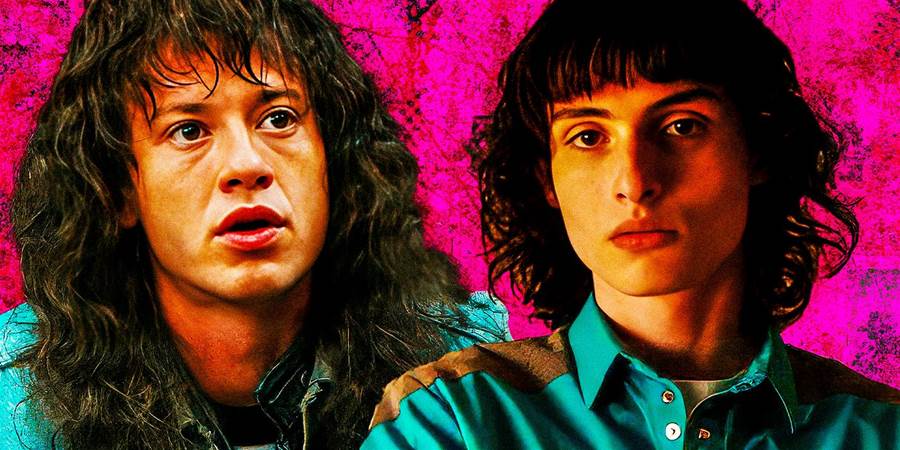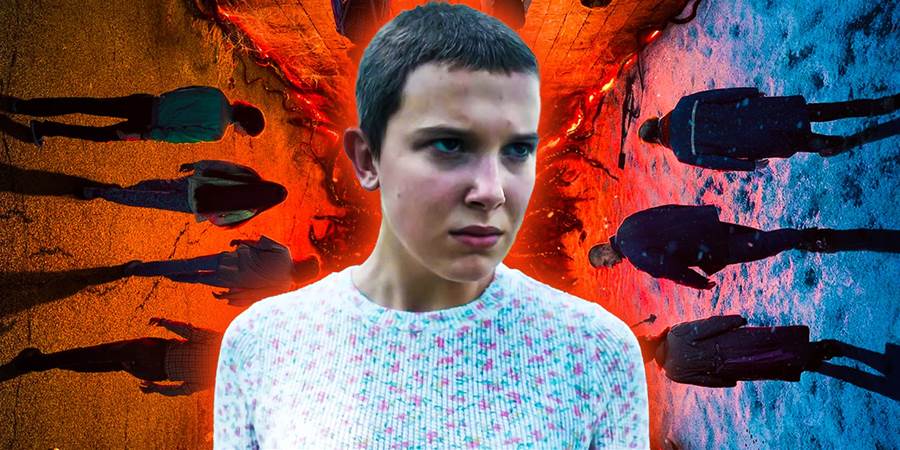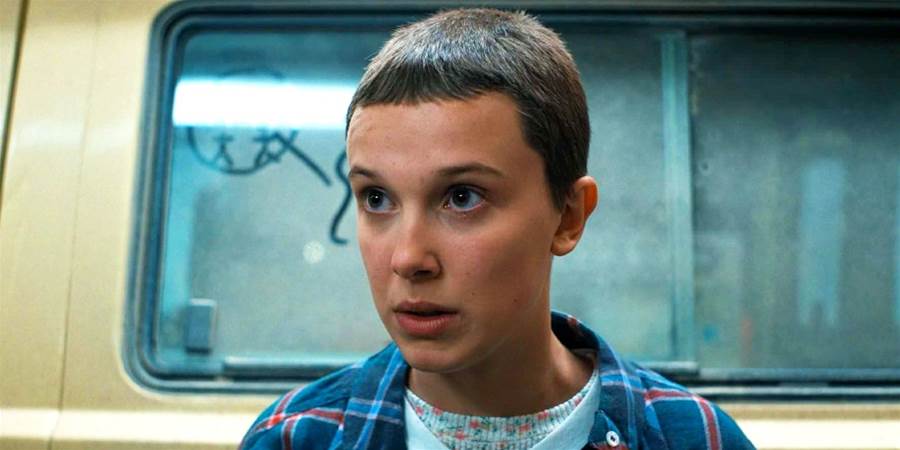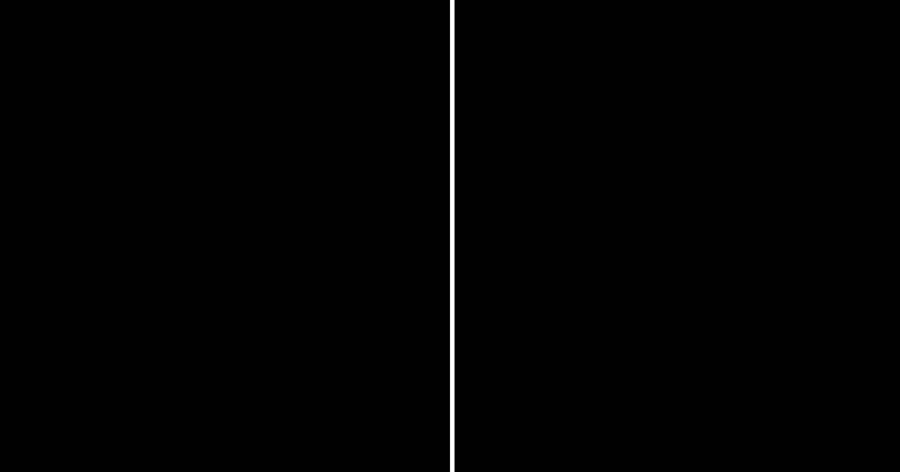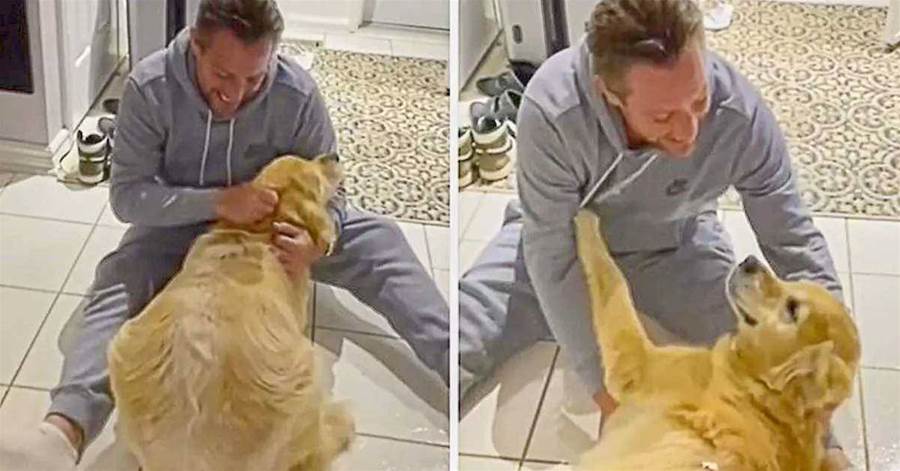
Key characters become feline creations in a batch of AI images. Adapting the work of J.R.R. Tolkien, Peter Jackson first brought the to life in live-action in 2001. The director's critically-acclaimed trilogy chronicles Frodo's (Elijah Wood) epic quest to destroy the One Ring, with the courageous Hobbit encountering a variety of allies and enemies over the course of his journey.
Now, AI-generated art shared by on Instagram imagines what some of these would look like if they were actually cats. Check out the video below:
The video includes feline renditions of Gimli, Legolas, Galadriel, Saruman, Elrond, Gandalf, Frodo, Boromir, Aragorn, and Bilbo, with each cat creation sporting the general style of its live-action counterpart.
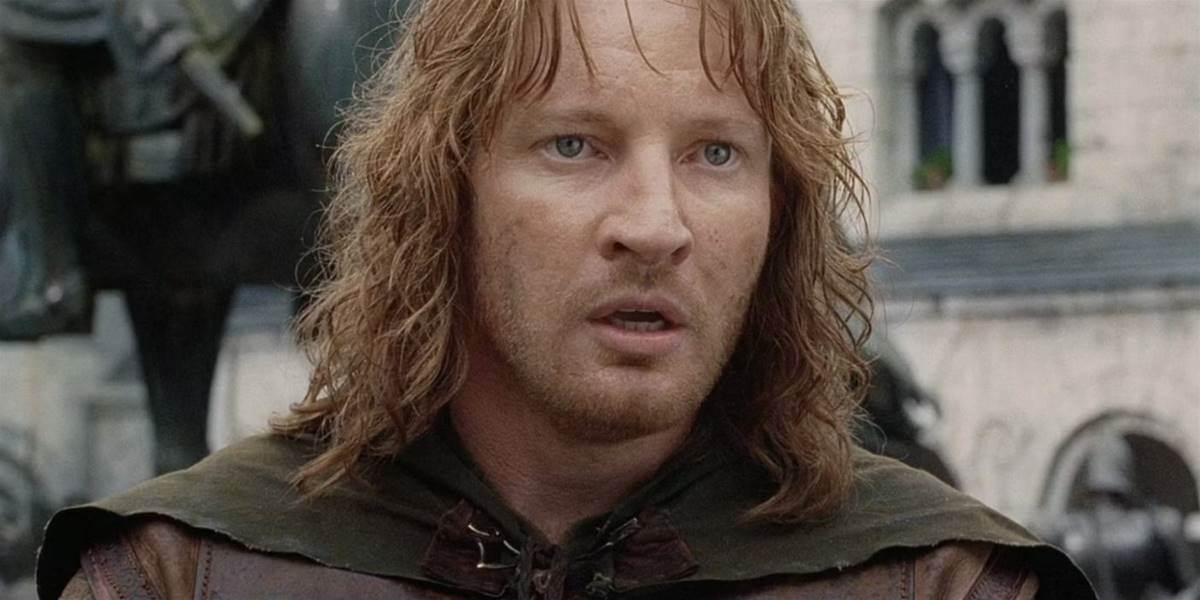
is a major reason for the movies' success, with each actor bringing to life their respective character in memorable fashion. For the most part, Jackson balances the many characters and their storylines effectively, but sometimes a performance or a character is so intriguing that one can't help but want more.
The trilogy is currently available to stream on Max.
Isildur (Harry Sinclair), for example, is a focus of
's prologue sequence, and his arc is really the first time audiences see the corrupting power of the Ring. While the character gets relatively little screen time, it undoubtedly would have been interesting to spend more time with him, especially his dynamic with Elrond (Hugo Weaving). Another character who arguably could have used more screen time is Eomer, with Karl Urban's performance proving compelling enough to justify a further exploration of the character.
Isildur is poised to be further explored in , with Maxim Baldry playing a younger version of the character in Prime Video's prequel series.
Faramir (David Wenham), too, pops up a little later in the trilogy, but makes a mark. The character is haunted by his perceived inadequacies, and his relationship with his father is twisted and tragic, making him another candidate for more screen time. Thankfully, many compelling characters who may not get enough time in the theatrical cuts of the films play larger roles in the extended cuts.
